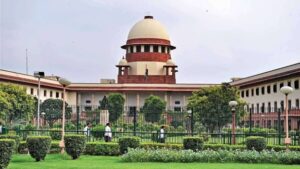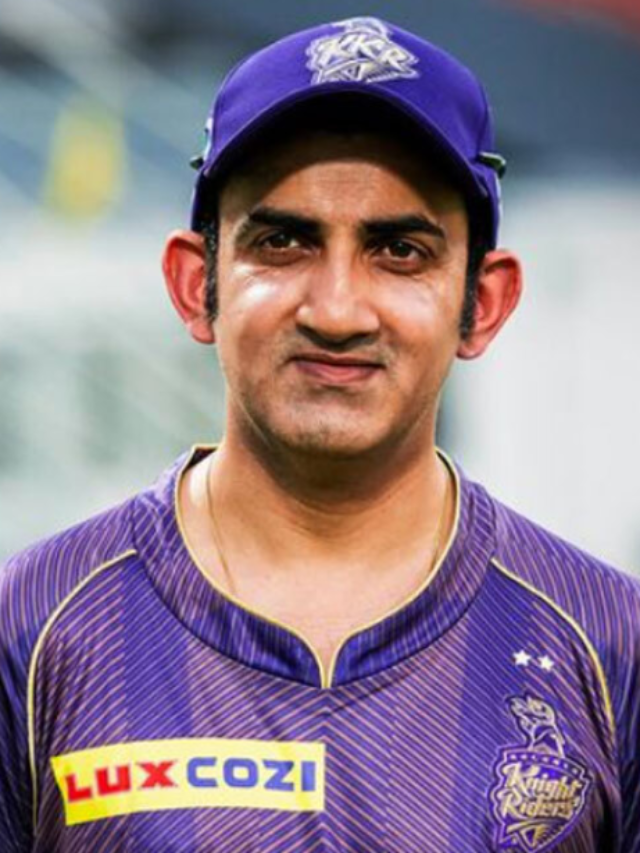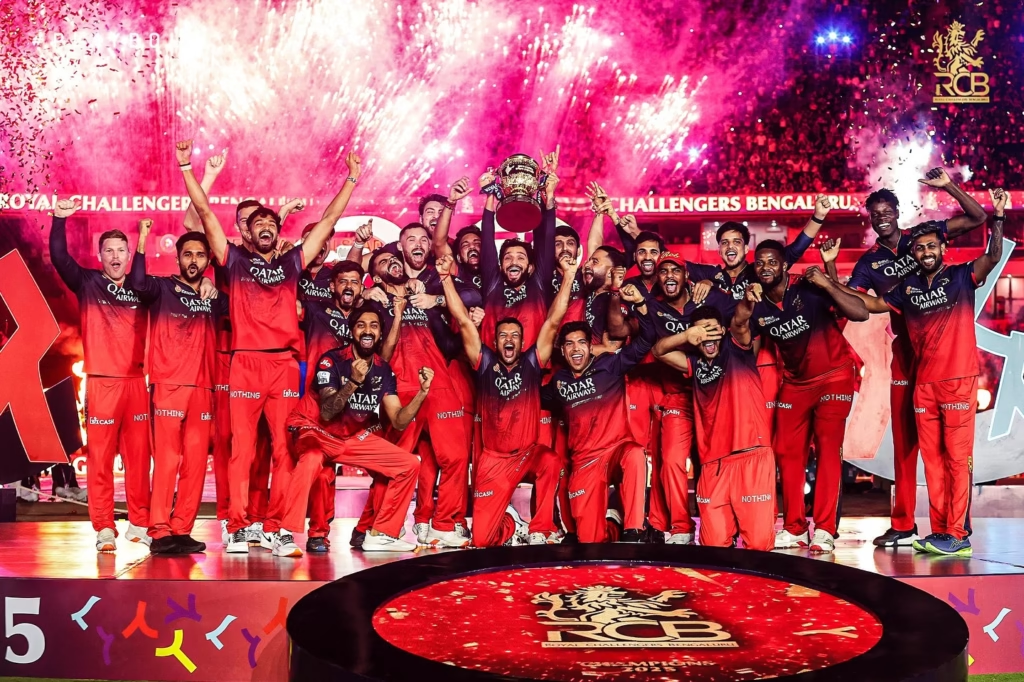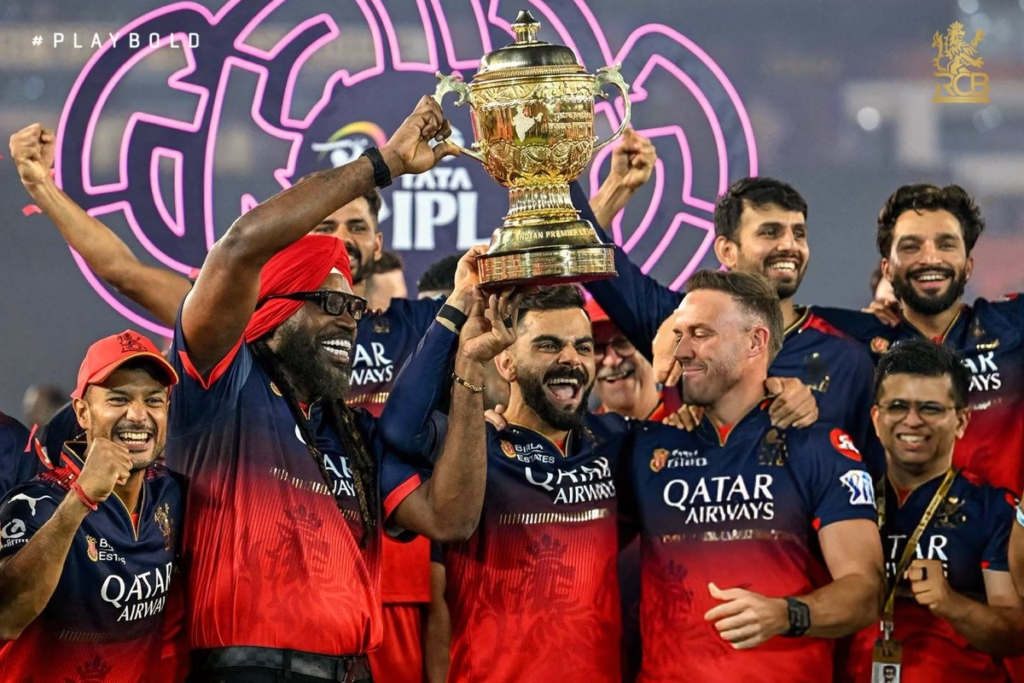Understanding Supreme Court’s verdict on the abrogation of Article 370
Context:
The Supreme Court upheld the Union Government’s 2019 decision to repeal the special status of Jammu and Kashmir (J&K) under Article 370 of the Constitution. The court ruled that J&K did not possess internal sovereignty and that the State Government’s agreement was not necessary to apply the Indian Constitution to J&K. Additionally, the court affirmed that Article 370 was intended as a temporary provision.

Key Judgment
- In a recent ruling, the Court invalidated Constitutional Order 272, which sought to alter the interpretation of ‘J&K Constituent Assembly’ to ‘J&K Legislative Assembly’ and ‘J&K Government’ to ‘Governor.’
- However, it’s important to note that this decision did not impact the overall judgment.
- The Court determined that the President did not require a recommendation from the J&K Constituent Assembly to declare Article 370 inoperative.
- The Supreme Court, led by Chief Justice of India DY Chandrachud, delivered a judgement on a matter after a sixteen-day hearing.
- The bench comprised Justices Sanjay Kishan Kaul, Sanjiv Khanna, BR Gavai, and Surya Kant.
- There were three separate judgements in the matter.
- Justice SK Kaul recommended the establishment of a “Truth and Reconciliation Committee” to investigate human rights violations and suggest reconciliation measures, with the details of the committee’s formation to be decided by the government.
- The Court refrained from ruling on J&K’s reorganization into Union Territory
- However, the creation of Ladakh as a Union Territory was upheld by the Court.
- The Election Commission of India was directed to facilitate J&K Legislative Assembly elections by September 30, 2024.
What is the Article 370 of Indian Constitution?
- Article 370 stands as the inaugural provision in Part XXI of the Constitution, titled ‘Temporary, Transitional and Special Provisions.’
- It grants special status to Jammu and Kashmir, exempting it from most provisions of the Indian Constitution (excluding Article 1 and Article 370 itself).
- The article allows J&K to formulate its own constitution.
- Parliament’s legislative authority concerning J&K is limited, and for the extension of a central law to subjects outlined in the Instrument of Accession (IoA), only “consultation” with the state government is required.
- IoA was signed by Raja Hari Singh of the then princely state of J&K and Governor General Lord Mountbatten in 1947.
- The IoA gave Parliament the power to legislate in respect of J&K only on Defence, External Affairs and Communications.
- For matters beyond those covered by the Instrument of Accession, the “concurrence” of the state government is mandatory under Article 370.
- Article 370 has been likened to a tunnel through which the Indian Constitution was made applicable to Jammu and Kashmir.
- Through a 1954 order, nearly the entire Constitution, along with most Constitutional amendments, was extended to J&K.
Can Article 370 be Deleted?
- Article 370(3) allows for its deletion through a Presidential Order, contingent on the prior concurrence of Jammu and Kashmir’s Constituent Assembly.
- With the dissolution of the Constituent Assembly on January 26, 1957, one perspective argues that deletion is no longer possible.
- However, an alternative view holds that deletion can occur with the concurrence of the State Assembly.
- In 2019, the Constitution (Application to Jammu and Kashmir) Order 2019, issued by the President, revoked J&K’s special status and applied all provisions of the Indian Constitution to the region.
- The J&K (Reorganisation) Act 2019 divided J&K into two Union Territories: J&K with a Legislative Assembly and Ladakh without an Assembly.
Why Removal of Special Status of J&K was Challenged in the SC?
Arguments against removal:
- The Supreme Court had to assess whether the revocation was unconstitutional or contravenes the fundamental framework of the Constitution.
- Article 370 is not only a component of the Constitution but is also integral to federalism, which is considered a fundamental aspect of the Constitution’s structure.
- Consequently, the court has consistently upheld successive Presidential Orders issued under Article 370.
- In the Sampat Prakash case (1969), the Supreme Court declined to categorize Article 370 as temporary, asserting that “Article 370 has never ceased to be operative.”
- This implies that it is a permanent provision. Similarly, the Delhi High Court, in the Kumari Vijayalaksmi case (2017), dismissed a petition contending that Article 370 is temporary and its continuation amounts to a deception of the Constitution.
Arguments in favour of removal:
- Article 35A was inserted through a Presidential Order based on the recommendation of J&K’s Constituent Assembly, bypassing the amending process specified in Article 368.
- This article empowers the J&K legislature to delineate the state’s permanent residents and their special rights and privileges.
- Since Article 35A predates the introduction of the basic structure theory in 1973, it is deemed exempt from assessment against the basic structure.
Conclusion reached by the Court
- Decision on Validity of President’s Rule
- The court decided not to rule on the validity of the presidential proclamations announcing President’s Rule in the State due to lack of challenge from the petitioners.
- The court noted that no material relief could be offered as the President’s Rule was withdrawn in October 2019.
- Union Decisions during State President’s Rule cannot be challenged
- Court stipulated limitations on Union and States’ power during presidential rule
- Emphasized the Union’s power scope depends on circumstances and must have a reasonable nexus with the proclamation’s object
- Stated decisions taken by the Union on behalf of States during Presidential rule are not open to challenge to prevent administration standstill
- Rejected argument that Union cannot take actions of irreversible consequence in the State during Presidential rule
- Dismissed the petitioners’ argument that Parliament can only exercise the state’s law-making powers during Presidential rule
- Asserted that the exercise of the President’s power post-proclamation is subject to judicial review
- Held that Parliament’s power under Article 356(1) to act on behalf of State assembly is not limited to law-making powers.
- Jammu and Kashmir lost its Sovereignty, when it joined the Union of India
- The court emphasized that Jammu and Kashmir gave up its sovereignty when it acceded to the Union of India
- It highlighted the absence of any mention of sovereignty in the Constitution of Jammu and Kashmir and pointed to the indication of Jammu and Kashmir being an integral part of India in Articles 1 and 370 of the Indian Constitution
- The Chief Justice of India (CJI) noted that Article 370 reflects asymmetric federalism, not sovereignty
- The judgment underscored that while all states in India have legislative and executive power to varying degrees, Article 370 represents a unique form of asymmetric federalism.
- Article 370 Is A Temporary Provision
- The Chief Justice of India (CJI) highlighted that Article 370 was considered a temporary provision based on historical context, signifying its transitional and temporary nature.
- The court emphasized that the President’s power under Article 370(3) to issue a notification for the cessation of Article 370 continues even after the dissolution of the J&K Constituent Assembly and is not bound by the assembly’s recommendation.
- Adjudication on the Validity of the J&K Reorganisation Act 2019 is Not Mandatory.
- The Solicitor General (SG) stated that J&K’s statehood would be reinstated, emphasizing the temporary nature of its status as a Union Territory (UT).
- In light of the SG’s submission, the court found it unnecessary to rule on the validity of J&K’s reorganization into a UT.
- Reorganisation 0f Ladakh Valid
- The reorganization of Ladakh as a Union Territory was affirmed based on the allowance in Article 3 for a portion of a State to be designated as a UT.
- The question of whether Parliament can transform a State into a Union Territory was left unresolved by the court.
- Constitution of a Truth and Reconciliation Committee
- Justice SK Kaul recommended the establishment of a “Truth and Reconciliation” committee to investigate and report on human rights violations by the State and non-state actors since the 1980s.
- He stressed the importance of acknowledgment and truth-telling as a pathway to reconciliation, citing the need for addressing the distrust that an entire generation of youth had grown up with.
- The committee’s formation was urged to be time-bound to ensure the capture of historical memory.
Thanks
Happy reading!!











